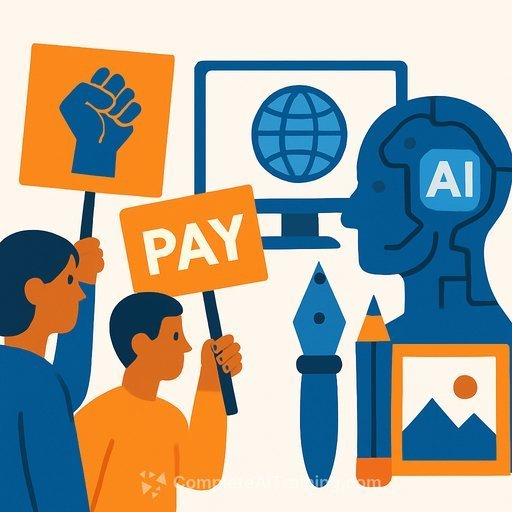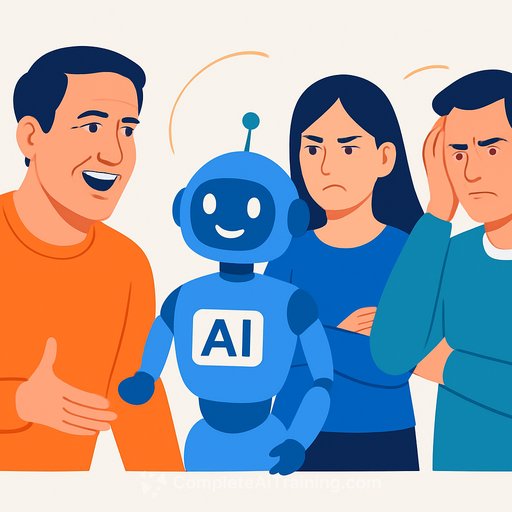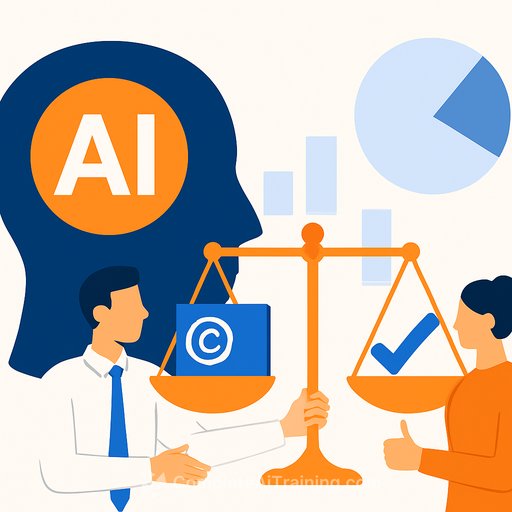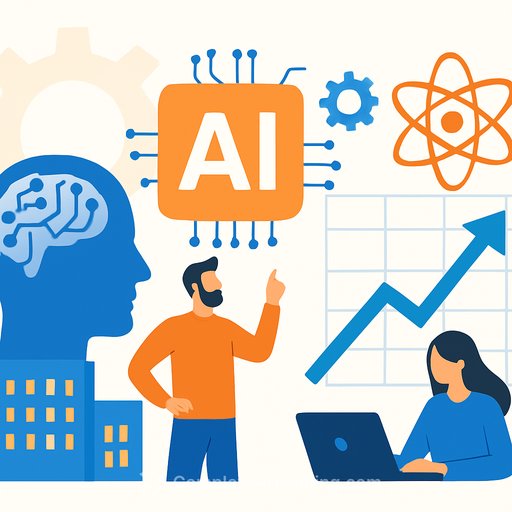Labor rules out AI copyright carveout for big tech
Australia has closed the door on a blanket exception that would have let tech companies train AI on copyrighted work without permission. No special "fair dealing" carveout for text and data mining (TDM) is coming.
The Productivity Commission had floated the idea as part of a broader review into AI's economic upside, noting the potential for $116 billion in gains over the next decade if red tape doesn't choke adoption. It argued existing rules could be refined rather than building a new, AI-specific regime.
But the government has pre-empted the final report, confirming there will be no new exception. "Australian creatives are the lifeblood of Australian culture… there are no plans to weaken copyright protections when it comes to AI," Attorney-General Michelle Rowland said.
Opposition Leader Sussan Ley backed the stance on compensation, saying it's not appropriate for tech companies to use Australians' work for their own ends without paying.
What this means for creatives
This is leverage. Training on your art, music, writing, film, photography, or design is not covered by a new carveout-so licensing and permission still matter. Any AI developer wanting to ingest your work at scale needs a legal pathway.
The government's copyright and AI reference group is meeting to map "fair, legal avenues" for AI use and explore cheaper options for lower-value claims. Expect pressure on tech companies to strike deals, build opt-ins, and clarify how datasets are sourced.
Practical steps to protect your work (and get paid)
- Set clear license terms on your site, portfolio, and client contracts. Add explicit language on AI training, dataset use, and derivatives.
- Keep evidence: drafts, timestamps, and publication records. Copyright in Australia is automatic; documentation helps you prove ownership and value.
- Use content credentials where possible (e.g., provenance metadata) and anti-scraping tools. They won't stop every crawler, but they set expectations and create a trail.
- Join or monitor collecting societies (e.g., APRA AMCOS, Copyright Agency, PPCA, Screenrights) for emerging AI licensing schemes.
- Watch for opt-in programs from platforms and model providers that offer revenue shares or usage transparency.
- For client work, include "no AI training" clauses unless licensed separately. Price those rights if a client or platform wants them.
- If you suspect misuse, document it. Takedown requests and lower-cost dispute options are on the table as policy evolves.
Context: why the Commission raised TDM
The interim report noted other regions have some form of TDM exception. It suggested that, if adopted here, "fairness" tests and guidance could prevent a free-for-all. The government's decision skips that debate and keeps existing protections intact while it works on practical pathways.
For creatives, that means stronger negotiating power right now-plus a clearer shot at compensation as licensing frameworks solidify.
What to watch next
Two fronts matter: policy and industry deals. The reference group will shape how AI can use copyrighted material legally, and tech firms will decide how transparent they'll be about training data-and how they pay for it.
If you want a quick refresher on your rights, see the Australian Government's copyright overview here: Attorney-General's Department.
Exploring ethical, permission-based AI workflows for your practice? Browse curated training by job role: Complete AI Training: Courses by job.
Your membership also unlocks:






